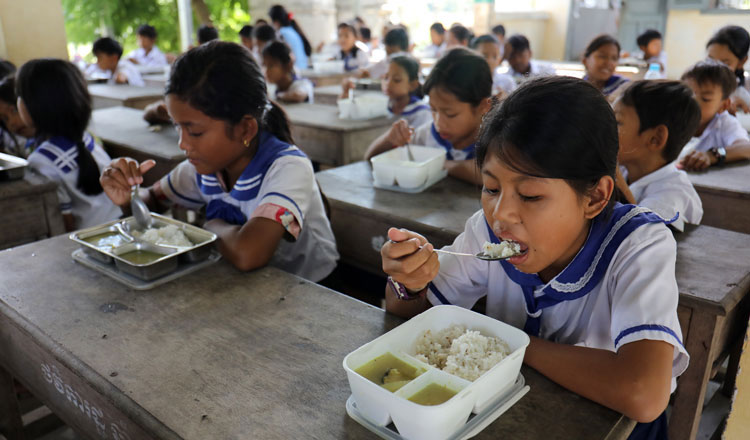A local school district is making strides in its mission to improve the quality of food served to students by using its Wellness Policy as a roadmap for transitioning to scratch cooking in school cafeterias. The district’s effort is part of a larger push to enhance the health and well-being of students through fresh, nutritious, and minimally processed meals prepared from scratch on-site.
The district’s Wellness Policy, which outlines key health and nutrition goals for its schools, has become a cornerstone of its efforts to provide healthier meals. This policy emphasizes the importance of nutritious food options, physical activity, and overall student wellness. It also encourages schools to reduce the reliance on pre-packaged and highly processed foods, moving instead towards meals made from whole ingredients.
Scratch cooking fits seamlessly into the framework of this policy by offering meals that are not only healthier but also tastier and more engaging for students. With meals being prepared fresh daily, students have the opportunity to enjoy nutrient-rich foods that promote better learning outcomes and overall health.
Transitioning to scratch cooking is no small feat for a school district, especially one that previously relied heavily on pre-packaged meals. However, with careful planning and the support of staff, administrators, and community members, the district has successfully begun the process.
The first step was to assess the kitchens in the district’s schools, ensuring they were equipped with the necessary tools and appliances to handle scratch cooking. This involved upgrading equipment and providing training for kitchen staff to hone their skills in preparing meals from fresh ingredients. Chefs and culinary experts were also brought in to assist with recipe development and staff training, ensuring that meals met nutritional guidelines while remaining flavorful and appealing to students.
There are numerous benefits to this shift. Scratch-cooked meals are generally lower in sodium, unhealthy fats, and preservatives, which are commonly found in pre-packaged foods. Additionally, meals made from scratch allow for more creative use of local and seasonal produce, ensuring that students have access to a variety of fruits and vegetables.
By transitioning to scratch cooking, the district is also promoting food literacy among students. When children see whole ingredients being used in their meals, they gain a better understanding of where their food comes from and the importance of eating fresh, wholesome foods. This exposure can lead to healthier eating habits both at school and at home.
Despite the many benefits, the transition has not been without its challenges. One of the biggest hurdles was managing the budget. Scratch cooking can sometimes be more expensive than purchasing pre-packaged meals due to the cost of fresh ingredients and additional labor required for preparation. However, the district found ways to offset these costs by partnering with local farmers and distributors to source affordable, seasonal produce. This not only supports the local economy but also ensures that students receive the freshest ingredients possible.
Another challenge was the initial skepticism from students accustomed to processed meals. To address this, the district involved students in taste tests and menu planning, allowing them to provide feedback on the new meals. This engagement helped ease the transition and build excitement around the new offerings.
The district’s transition to scratch cooking has already yielded positive results. Students are enjoying fresher, more nutritious meals, and staff members take pride in preparing food that contributes to the overall well-being of the school community. The Wellness Policy has been instrumental in guiding this process, ensuring that health and nutrition remain a priority in the district’s meal program.
As more schools across the country seek to improve the quality of food served to students, this district’s experience serves as an inspiring example of how thoughtful planning, community involvement, and a strong commitment to student wellness can lead to meaningful change. By continuing to use the Wellness Policy as a guide, the district is well on its way to creating a sustainable, health-focused meal program that will benefit its students for years to come.

